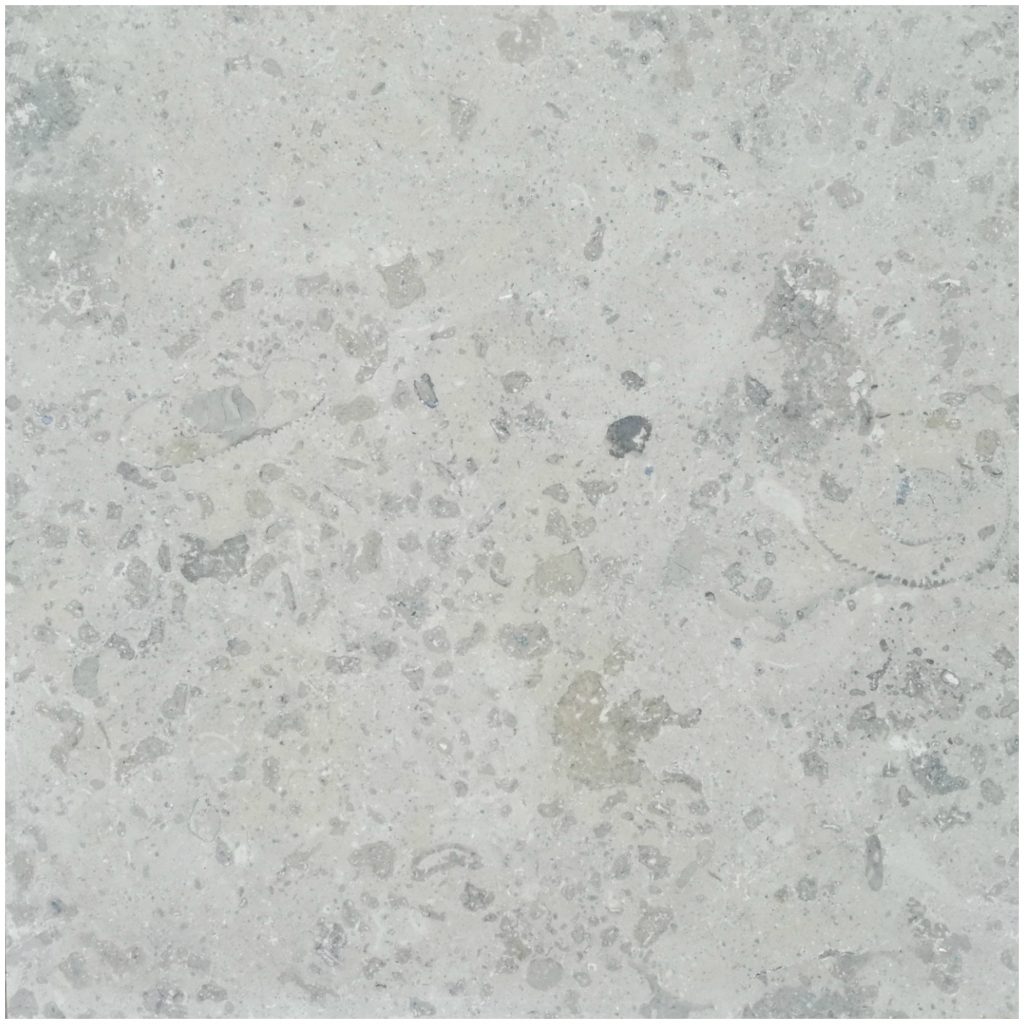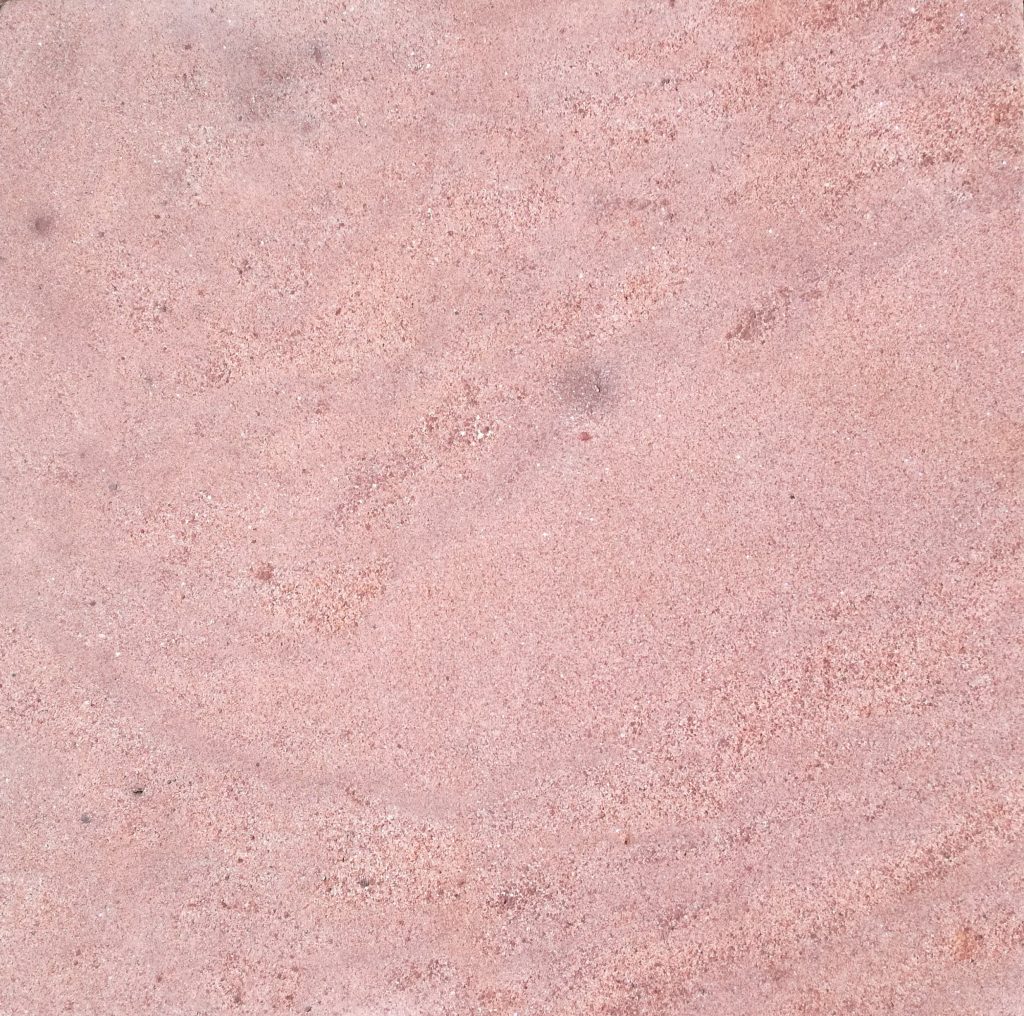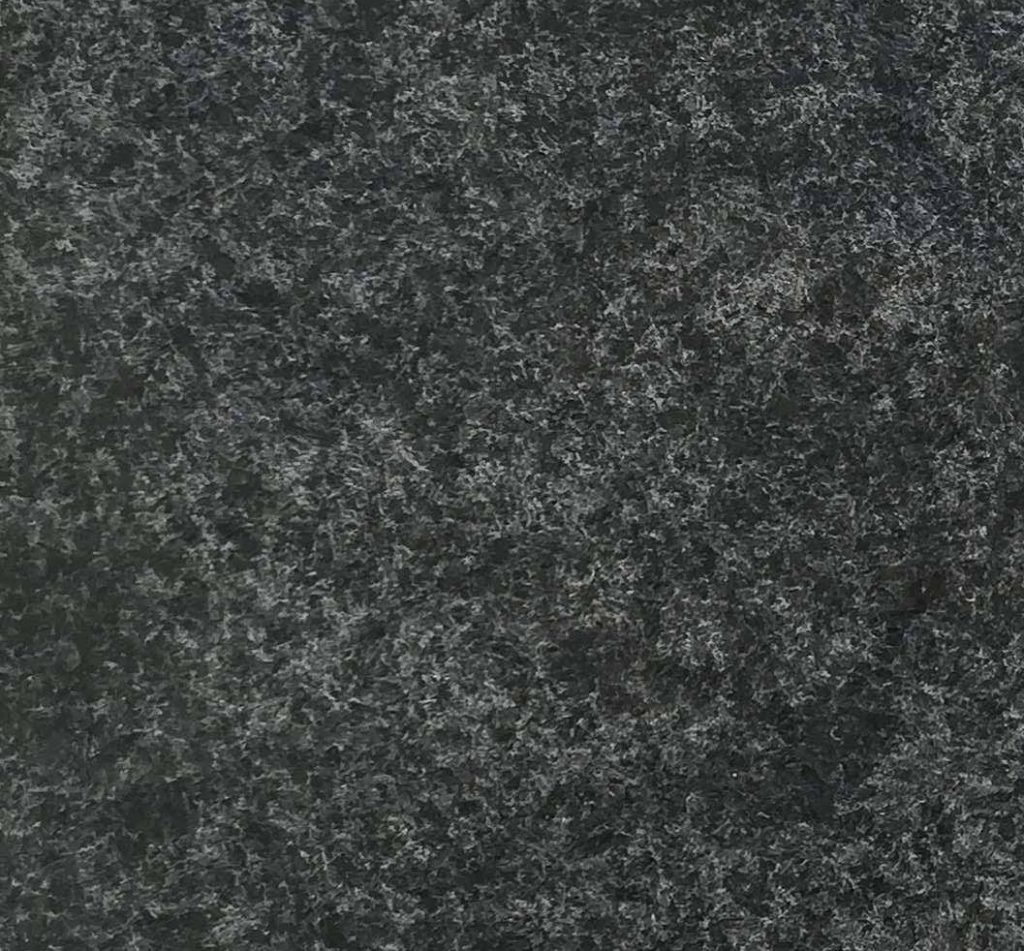Stone is stone right?
Not so! Natural Stone comes in a variety of different types, shades and textures. You only have to compare the crème tones of Portland stone found in old London buildings to the sandy yellow colour of a York stone building to see the variety in different stone types.
Although there are many types and varieties of stone, use in modern cladding systems fall into the following three categories:
- Limestone
- Sandstone
- Granite
Limestone
Limestone is a stone known as ‘carbonate sedimentary rock’ composed mostly of calcite and aragonite which are crystal forms of calcium carbonate. Most limestones are white to grey in colour, apart from some that are unusually rich in organic matter which can be almost black, or traces of iron or manganese can give an off-white to yellow or red colour. (copied unashamedly from Wikipedia!)

Limestones are a popular choice for rainscreen cladding systems due to their high flexural strength and relative cost-effectiveness to quarry and fabricate. Our most Portuguese Limestone for example, has a typical flexural strength of circa 10 MPa and has a crushing strength of up to 180 MPa (for comparison concrete typically has a crushing strength of 40 MPa).
Once processed Limestones can be honed to create a smooth finish, or sandblasted for a more textured finish. The image below shows exactly the same limestone, the left in a honed finish, the right in a sandblasted.

There are 2 Limestones that are very common that deserve their own mention here:
- Portland
- Jura
Portland
Portland Stone is a UK limestone quarried from the Isle of Portland in Dorset. It appears in specifications for London projects frequently due to the fact that many of London’s iconic buildings are constructed using it such as St Paul’s Cathedral and Buckingham Palace.
It’s a beautiful looking stone however with finite supply (the Isle of Portland isn’t huge!), with some quarries nearing the end of their life, and others with just 20 years of reserves left. With this in mind, Portland can usually be substituted with a Portuguese limestone which isn’t too dissimilar in appearance.
Whilst Portland is officially a limestone, its flexural strength is weaker than that of its European cousins coming out at around 7.55 MPa.
Jura
Jura stone is a German limestone from the Upper Bavaria region and is one of the largest known natural stone reserves in the world, and produces an extremely strong stone which makes it popular for both flooring and façade applications. Flexural strength of Jura is typically around 13.5 MPa making it one of the strongest Limestones out there. The stone dates back to the Jurassic period – hence the name!
Compared to other limestones, Jura is generally a light beige colour and produces a fairly non-uniform background and his heavily fossilized with ammonite markings on its surface producing a distinctive look. This makes it popular with some specifiers.

Sandstone
Sandstone is known as a ‘clastic sedimentary rock’, comprised of mainly, you guessed it – Sand. It’s a common stone that can be found all over the world, and often quarried locally giving distinctive and unique appearances to towns and cities where it is used. Think of York and Bath in the UK, both predominately built using locally sourced sandstones.
Sandstone has a coarser finish compared to a limestone panel, which is often favored by designers looking for a instant weathered or aged appearance to their new building.
The flexural strength of any sandstone is generally lower than that of it’s limestone counterparts – flexural strength between 6.8 and 7.2 MPa – meaning the panels sometimes have to be slightly thicker to withstand the project wind-load.

Granite
Granite is a well-known and popular natural stone, being one of the strongest natural materials available for construction, often used domestically for kitchen worktops. It can be found all over the world in every continent in various colors and patterns. It is comprised of a high percentage of quartz, and its structure is known as ‘massive’, meaning it has no internal structure – it’s a solid bit of material! It’s nearly totally impervious, inflexible and maintains good dimensional stability, with a flexural strength of around 21.8 MPa, it’s nearly twice the strength of typical limestones.
Granite however is generally more expensive than other natural stones stones. It’s often a popular choice to use at ground level only in buildings in heavily pedestrianized areas. A walk around the City of London will give you many examples of this. A polished black granite for the first 1800mm of a façade can be a beautiful contrast with a lighter limestone on higher floors.

Hopefully this short article will help you to get a feel for the difference in stone types available. As always, if there’s any specific stone you are interested in, or have a requirement on our project don’t hesitate to reach out.